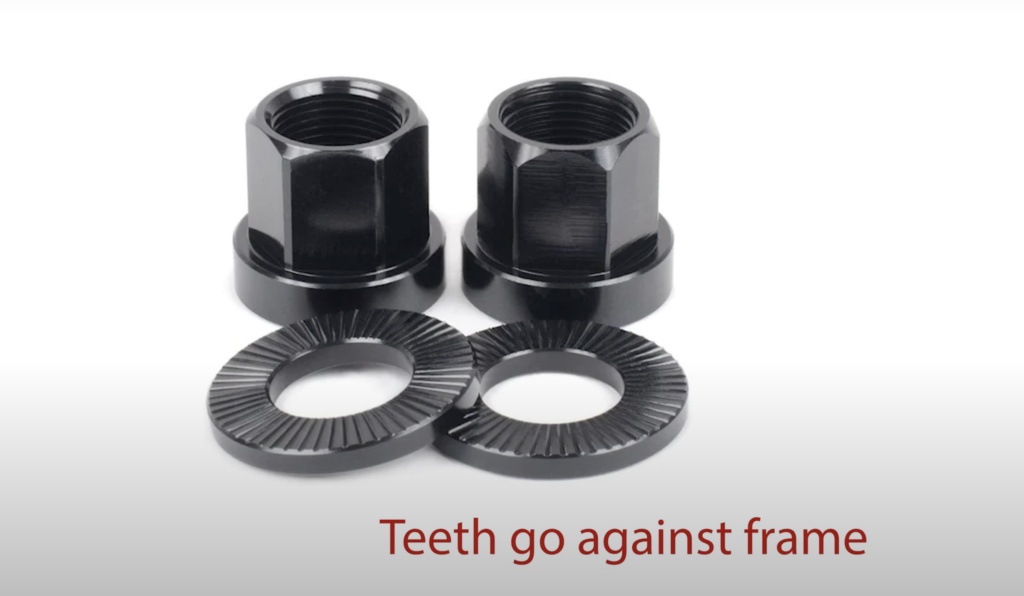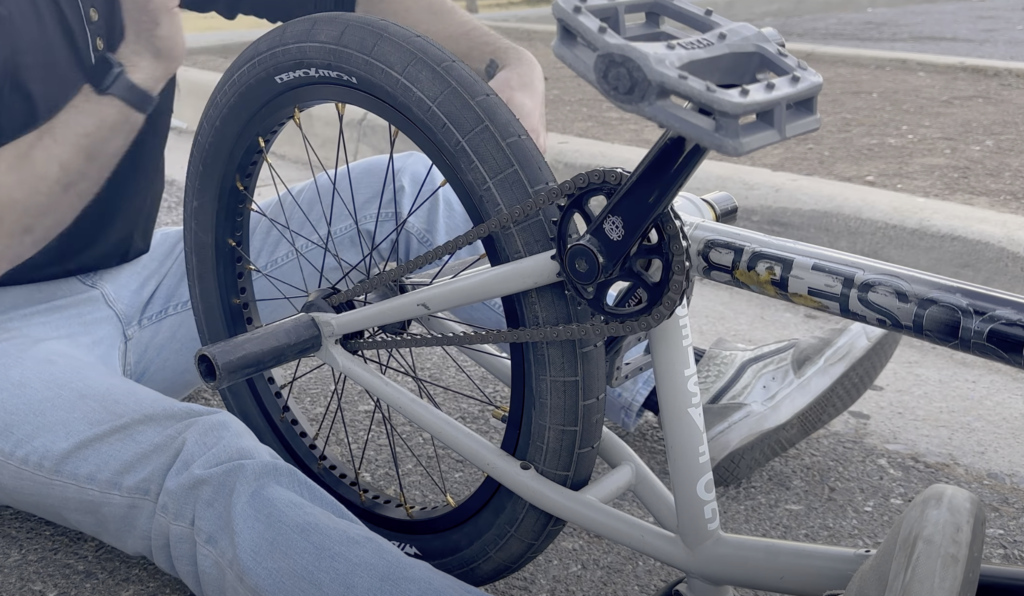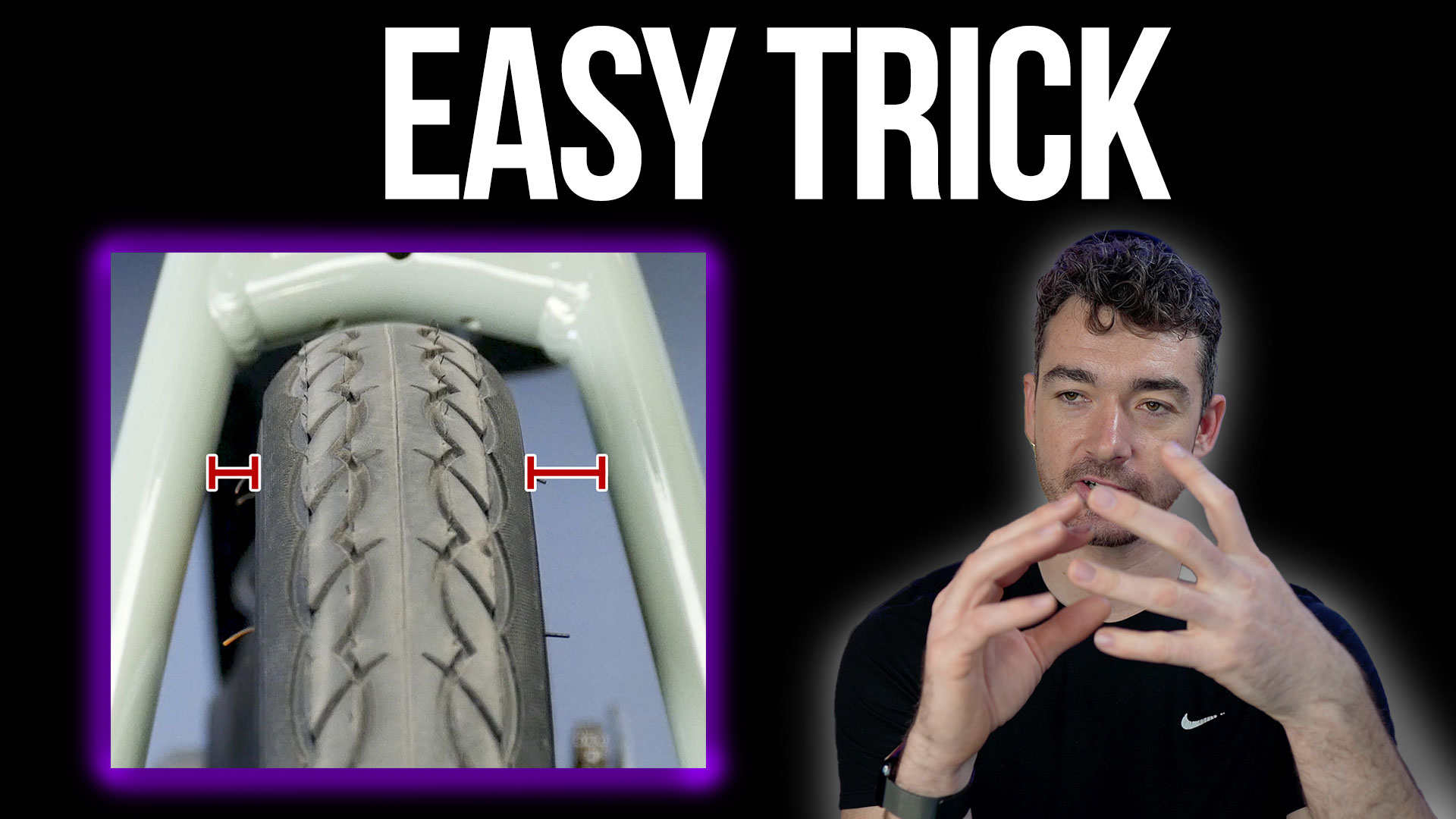BMX riding is an exhilarating sport that combines athleticism, balance, and creativity. However, like any sport, it comes with its set of challenges. One such challenge that many BMX riders, especially beginners, face is the misalignment of the back wheel when they try to tighten it. This seemingly simple issue can be a source of great frustration, often leading riders to question their skills or the quality of their equipment. In this post, we will delve deep into the reasons behind this common problem and provide practical solutions to ensure your BMX wheel stays perfectly aligned, giving you a smoother and safer ride.
Understanding the mechanics of your BMX bike is crucial, not just for performance but also for safety. A misaligned wheel can affect balance, cause uneven wear on the tire, and even lead to accidents. Hence, it’s essential to get to the root of this issue and address it effectively.
Introduction
Why Does Your BMX Back Wheel Move When Tightening?
Why Does Your BMX Back Wheel Move When Tightening?
Every BMX rider, at some point, has faced the perplexing issue of the back wheel shifting out of alignment when tightened. This problem, which can be a significant source of frustration, is not exclusive to a particular type of BMX, whether it’s a free coaster or a cassette. The primary culprit behind this misalignment often lies in the intricacies of the bike’s components, specifically the placement and orientation of the spacers between the nut and the frame.
The primary culprit behind this misalignment often lies in the intricacies of the bike’s components, specifically the placement and orientation of the spacers between the nut and the frame.
So, what’s happening? When you tighten the back wheel, the wheel’s position can shift, causing it to move out of its desired alignment. This movement isn’t just a minor inconvenience; it can affect the bike’s performance and even pose safety risks. The spacer, a seemingly insignificant component, plays a pivotal role in this scenario. Its orientation determines whether the wheel stays in place or moves out of alignment.
Understanding the mechanics behind this issue is crucial for every BMX enthusiast. It ensures not only a smoother ride but also prolongs the life of the bike components and ensures rider safety. In the following sections, we’ll delve deeper into the role of the spacer and provide actionable solutions to keep your BMX wheel perfectly aligned.
What is a spacer?
Understanding the Spacer Role in Wheel Alignment
Understanding the Spacer Role in Wheel Alignment
| Aspect | Description |
|---|---|
| Spacer’s Role | Ensures the wheel stays in place when tightened. |
| Two Sides of Spacer | One with teeth (or knurling) and one without. |
| Correct Orientation | The side with teeth should face the frame, while the side without teeth should face the nut. |
| Importance | Prevents the wheel from crawling along the frame when tightened. |
For those new to BMX, the spacer might seem like a small, inconsequential component. However, its role is paramount in ensuring that the wheel remains aligned when tightened. The spacer, which sits between the nut and the frame, has a unique design with two distinct sides – one featuring teeth (or knurling) and the other smooth.
Why is this design significant? The orientation of these teeth can be the difference between a perfectly aligned wheel and one that frustratingly shifts out of place. When the spacer is correctly oriented, it aids in holding the wheel firmly, preventing any unwanted movement. But if not, it can lead to the very issue many BMX riders dread.

How should the spacers be oriented for optimal alignment?
For optimal wheel alignment, the side of the spacer with teeth should be facing the frame. This ensures that the knurling or teeth bite into the frame, holding it securely. Conversely, the smooth side should face the nut. This orientation prevents the nut from moving along the frame when tightened, ensuring that the wheel remains in its desired position. Remember, a misoriented spacer can lead to the wheel crawling along the frame, causing misalignment and immense frustration.
What’s the best method to tighten the wheel without causing misalignment?
When it comes to tightening, patience is key. Instead of tightening one side fully and then the other, it’s advisable to tighten in increments. Begin by making one side snug, followed by the other. Continue this process, tightening each side in half cranks. This method ensures even pressure on both sides, reducing the chances of the wheel shifting out of place. By adopting this incremental approach, you not only ensure the wheel’s alignment but also prolong the life of your BMX components.
Common Misconceptions
Common Misconceptions About Wheel Tightening
Common Misconceptions About Wheel Tightening
BMX riding, like many other sports and hobbies, is surrounded by myths and misconceptions. One such misconception that many beginners hold is that the type of BMX, be it a free coaster or a cassette, determines the wheel’s movement during tightening. This belief can lead riders to make unnecessary changes to their bikes or even spend money on components they don’t need.
However, the truth is quite different. The real culprit behind the wheel’s movement isn’t the type of BMX but rather the orientation of the spacer and the technique used during tightening. Whether you have a free coaster or a cassette, if the spacer is not correctly oriented or if the tightening technique is flawed, you’re likely to face the frustrating issue of wheel misalignment.
It’s essential to base our BMX maintenance practices on facts and proven techniques rather than myths. By understanding the actual causes of common issues and addressing them directly, not only can we save time and money, but we can also ensure that our bikes perform at their best, providing a safe and enjoyable riding experience.
Additional Tips
Additional Tips for BMX Maintenance
Additional Tips for BMX Maintenance
BMX maintenance is more than just understanding the role of spacers and tightening techniques. It’s about having a holistic approach to your bike’s care, ensuring every component is in its best condition. While the spacer’s orientation and tightening method are undoubtedly crucial, there are other aspects to consider that can significantly impact your bike’s performance.
For instance, missing a spacer on one side can make the tightening process more challenging. This might seem like a minor oversight, but it can lead to uneven pressure on the wheel, causing misalignment or even damage over time. It’s essential to ensure that your BMX components are not only in the right condition but also correctly oriented. A seemingly small oversight, like missing a spacer, can lead to bigger issues down the line.

Furthermore, always pay attention to the signs your bike gives you. If you notice any unusual sounds, feelings, or behaviors when riding, it’s a good indication that something might be off. Regularly inspect your BMX, especially after intense riding sessions or potential impacts. This proactive approach can help you identify and address issues before they escalate.
always pay attention to the signs your bike gives you. If you notice any unusual sounds, feelings, or behaviors when riding, it’s a good indication that something might be off.
In conclusion, while understanding the intricacies of wheel tightening is vital, a comprehensive approach to BMX maintenance ensures longevity and optimal performance. Remember, a well-maintained BMX not only rides better but also ensures safety during those thrilling rides.
Conclusion
BMX riding is not just about mastering tricks and techniques; it’s also about understanding and maintaining your equipment. Ensuring that your BMX back wheel remains aligned when tightening is a fundamental aspect of this. Misalignment can not only affect your bike’s performance but can also pose safety risks during rides.
By understanding the pivotal role of spacers and the importance of their correct orientation, you can significantly reduce the chances of wheel misalignment. Employing the right tightening technique, especially tightening in increments, further ensures that your wheel remains in its desired position. These might seem like small details, but in the world of BMX, such details can make a significant difference in your riding experience.
For those passionate about BMX and eager to delve deeper into the intricacies of the sport, there are communities and platforms where enthusiasts share insights, tips, and experiences. One such community is the BMX Nerds Network, where riders from around the world come together to discuss and celebrate the world of BMX. Joining such communities can provide invaluable insights and help you stay updated with the latest in BMX.




